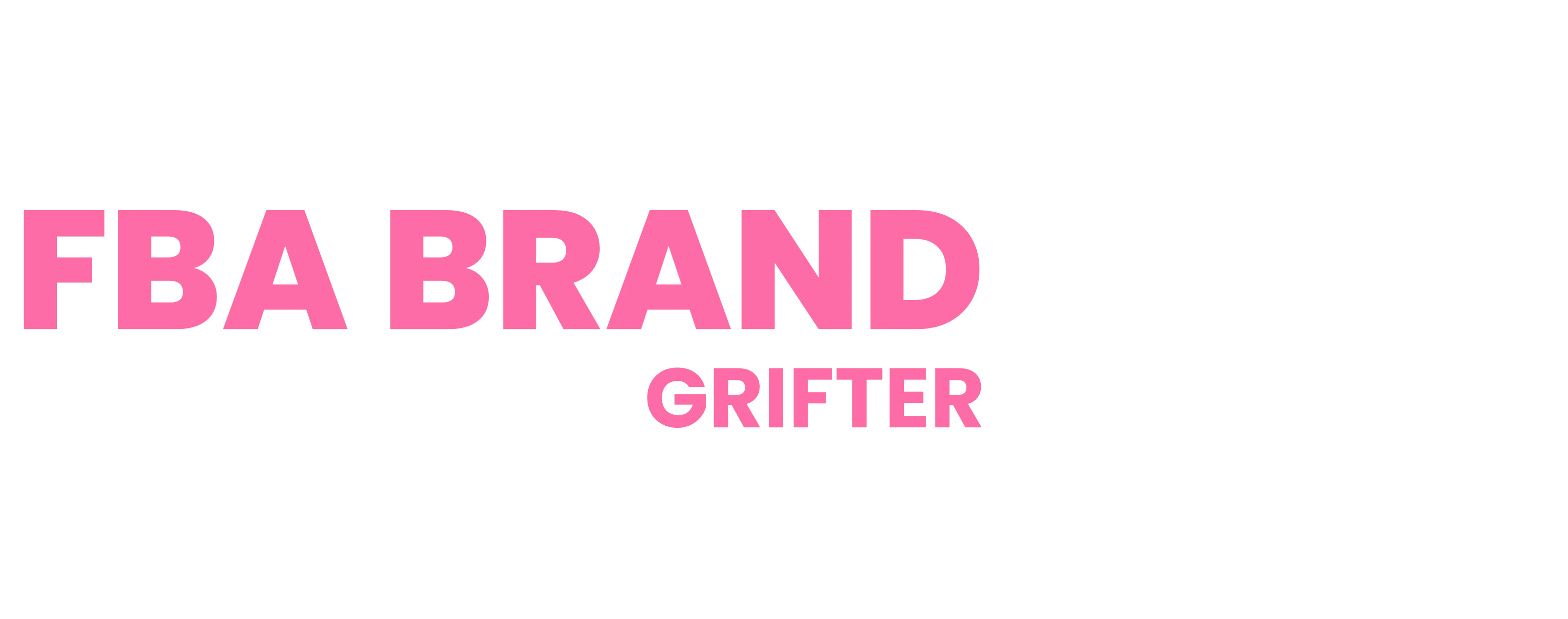Product liability insurance is a must-have for Amazon sellers generating $10,000 or more in monthly revenue. This essential coverage shields sellers from lawsuits and product-related liabilities. However, Darren Campbell’s FBA Brand Builder (FBABB) program has routinely failed to inform clients of this critical requirement upfront, leaving many unprepared for the significant costs and compliance hurdles that come with scaling an Amazon business.
While FBABB is quick to highlight success stories and revenue milestones, it often glosses over the operational realities of running a successful Amazon business. This lack of transparency has left clients like Josh McKey and Justine McMullan struggling with financial strain, unsold inventory, and serious compliance risks—all with little to no support from the FBABB team.
The Cost of Overlooking Product Liability Insurance
For many FBABB clients, the lack of upfront transparency about product liability insurance has resulted in significant setbacks:
Josh McKey’s $10,000 Insurance Quote
Josh McKey, who sold a high-risk survival kit containing sharp objects, was quoted a staggering $10,000 per year for product liability insurance. Rather than securing coverage, Josh opted to “wing it,” placing his business at risk of lawsuits, account suspension, and catastrophic financial losses.
To make matters worse, FBABB calls addressing insurance requirements often downplayed their importance. This dismissive tone normalized risky, non-compliant practices, leaving clients like Josh without the guidance they needed to protect their businesses.

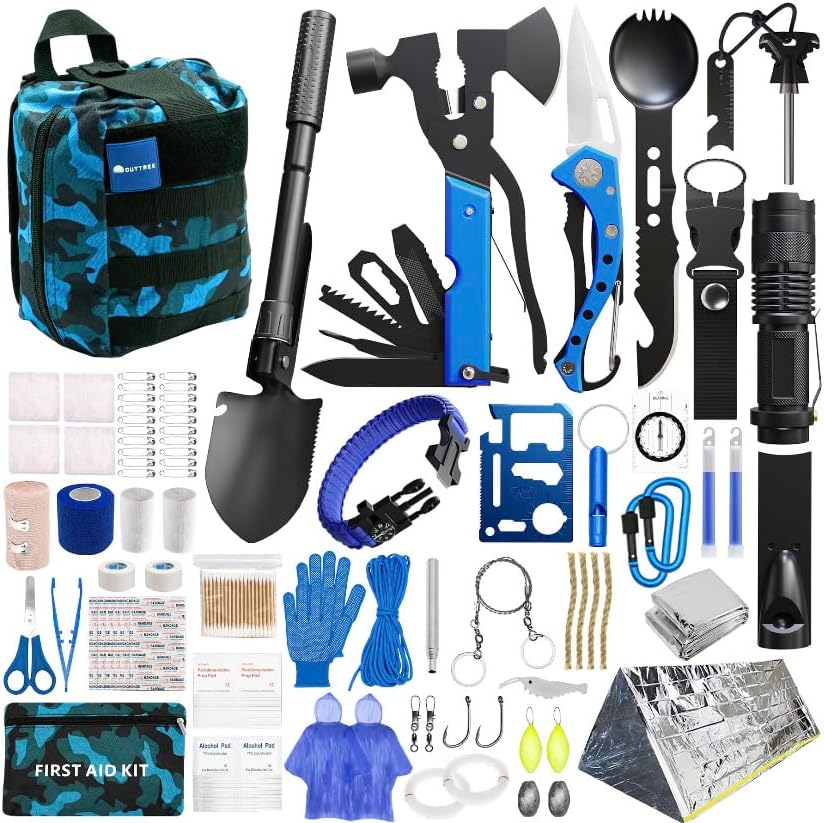
Justine McMullan’s Abandoned Product
Justine McMullan poured her passion into launching a children’s sensory swing under her “My Sensory” brand. However, the nature of the product made obtaining liability insurance impossible. Without this critical protection, Darren Campbell advised her to discontinue the swing entirely, leaving her stuck with unsellable inventory and a wasted investment.
While Darren later funded Justine’s other products—including a pikler set (which failed) and a spin seat (which achieved moderate success)—the damage had already been done.
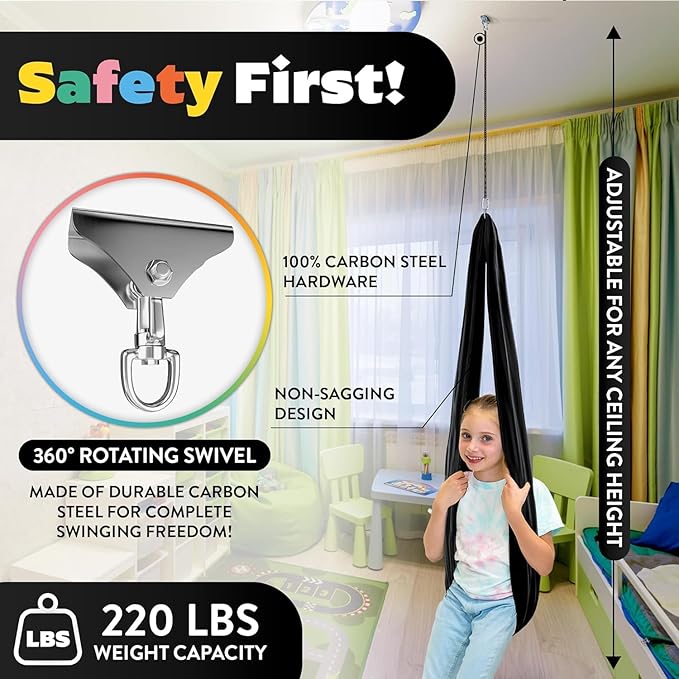

These stories highlight the real-world consequences of FBABB’s failure to properly inform clients about essential business requirements, putting their financial stability and aspirations at risk.
The Broader Risks of Operating Without Liability Insurance
The dangers of skipping product liability insurance extend far beyond the confines of FBABB. Real-world examples highlight the devastating consequences sellers can face:
Lawsuits for Unsafe Products
A California-based Amazon seller was hit with a $500,000 lawsuit after a defective product caused serious injury to a customer. Without liability insurance, the seller had no way to cover the damages and was ultimately forced to declare bankruptcy.
Product Recalls
A children’s toy company faced a $1 million recall due to safety concerns. Lacking liability insurance, the seller had to absorb the full cost of the recall, leading to complete financial ruin.
These cases underscore why liability insurance is more than just a compliance requirement for Amazon—it’s a critical safeguard against financial devastation. Sellers need this protection to ensure their businesses can weather worst-case scenarios and continue to operate sustainably.
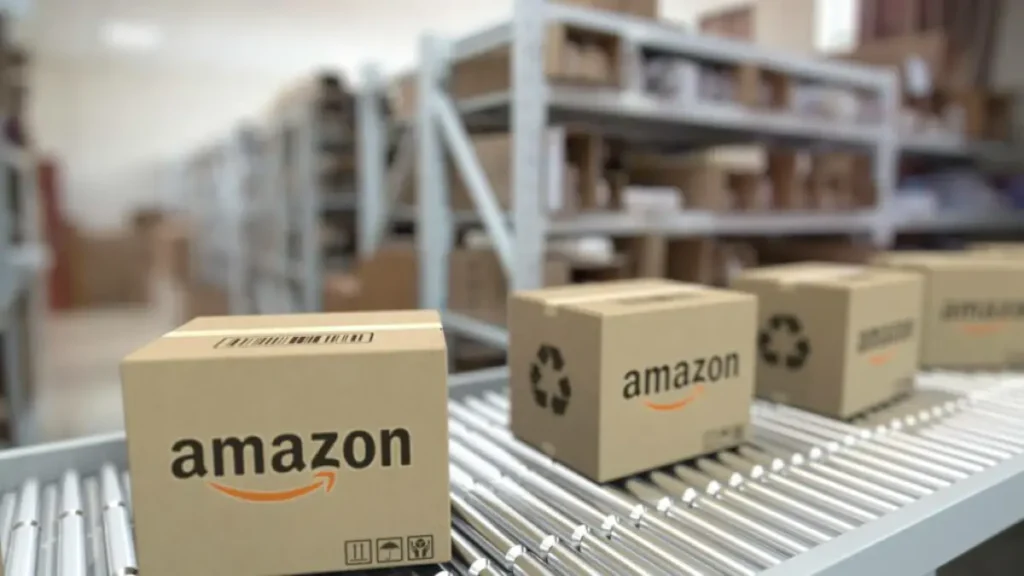
Amazon’s Policy and Enforcement
Amazon requires sellers generating $10,000 or more in monthly revenue to secure liability insurance policies, including general liability, product liability, and other relevant protections. Failing to meet these requirements can have severe repercussions:
- Account Suspensions: Amazon routinely suspends accounts that fail to provide proof of insurance, halting income streams and putting businesses at risk.
- Withheld Payments: Non-compliant sellers may have their funds frozen until insurance issues are resolved, leading to cash flow challenges and limiting reinvestment opportunities.
- Permanent Bans: Repeat violations can result in sellers being permanently removed from the platform, effectively ending their Amazon FBA operations.
Amazon’s emphasis on compliance highlights its commitment to consumer safety and legal accountability. Sellers who neglect these requirements endanger not only their businesses but also their personal financial stability.
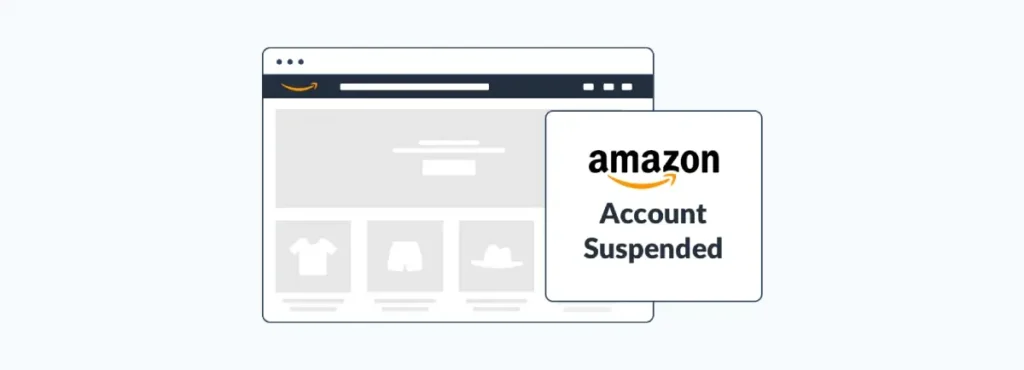
Unprepared and Vulnerable
The lack of upfront guidance from FBABB leaves clients like Josh McKey and Justine McMullan unprepared for the operational realities of scaling an Amazon business. Without clear information about liability insurance and other hidden costs, many clients are left to face these challenges on their own—often with devastating results.
Josh, for example, continues to sell his high-risk survival kit without insurance, leaving himself exposed to potential lawsuits and significant legal liability. Meanwhile, Justine’s experience with her sensory swing underscores the emotional and financial toll of being forced to abandon a product due to compliance issues.

Negligence or Marketing Priorities?
Darren Campbell and the FBABB team’s failure to provide clear guidance on critical requirements like liability insurance reveals a troubling trend. While the program is eager to showcase flashy success stories and impressive revenue milestones, it consistently neglects the less glamorous but equally essential realities of running a business.
This isn’t just irresponsible—it’s dangerous. Clients who pour their savings into the program deserve transparency, not a cherry-picked narrative that prioritizes marketing optics over meaningful support.

What FBABB Must Do
To regain trust and genuinely support its clients, FBABB must take decisive action to address its shortcomings:
- Disclose All Costs:
FBABB needs to provide a transparent, upfront breakdown of all operational expenses, including product liability insurance, during the onboarding process. Clients shouldn’t be blindsided by hidden costs. - Support High-Risk Products:
Sellers of high-risk or children’s products require tailored guidance to overcome insurance challenges and compliance hurdles. FBABB must ensure these clients receive the specialized support they need. - Build Industry Partnerships:
Partnering with reputable insurance brokers can help clients secure affordable and comprehensive coverage, addressing one of the most significant pain points in scaling an Amazon business. - Offer Compliance Training:
FBABB should implement mandatory training on Amazon’s policies, liability insurance, and other key compliance requirements. This will empower clients to make informed decisions and minimize risks to their businesses.
Taking these steps is essential not only to protect FBABB’s clients but also to rebuild the program’s credibility and ensure its practices align with its promises.
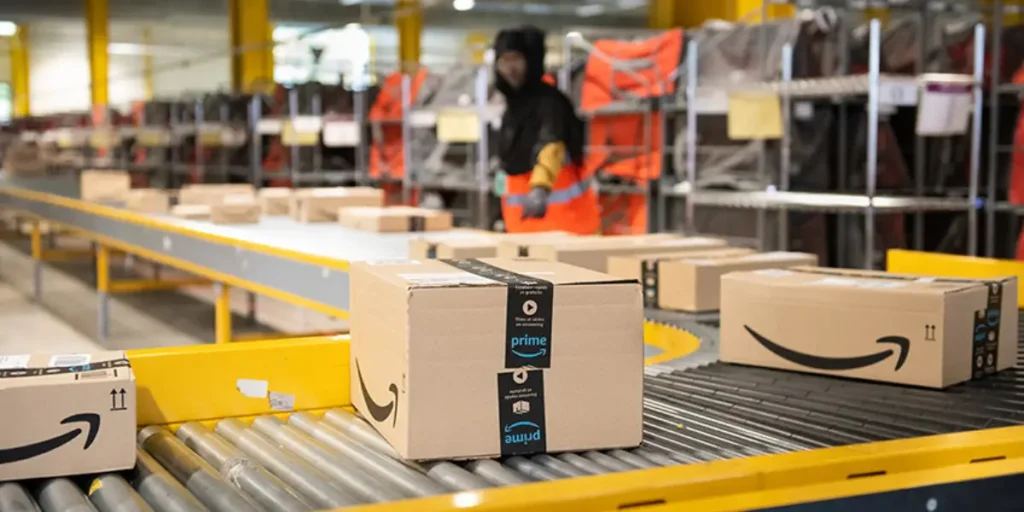
Protect Yourself as an FBABB Client
If you’re currently enrolled in FBABB—or considering joining—take these proactive steps to safeguard your business:
- Research Insurance Costs Early:
Don’t wait until you reach $10,000 in monthly revenue to address liability insurance. Research your options ahead of time to avoid unexpected costs or delays. - Ask Tough Questions:
Insist on full transparency from FBABB about all operational and compliance costs, including liability insurance. - Avoid High-Risk Products Without Insurance:
If you plan to sell high-risk items like children’s products or sharp objects, secure adequate insurance coverage before launching to mitigate potential liabilities. - Consult Independent Experts:
Don’t rely exclusively on FBABB’s guidance. Reach out to third-party brokers, compliance experts, and Amazon consultants to get objective advice tailored to your business needs.
These steps will help you navigate the challenges of scaling your Amazon business while reducing risks associated with compliance and liability.
Darren, your clients aren’t asking for miracles—they’re asking for honesty and support. By neglecting to address critical issues like product liability insurance, you’ve left them vulnerable to risks that could have been avoided with proper guidance.
